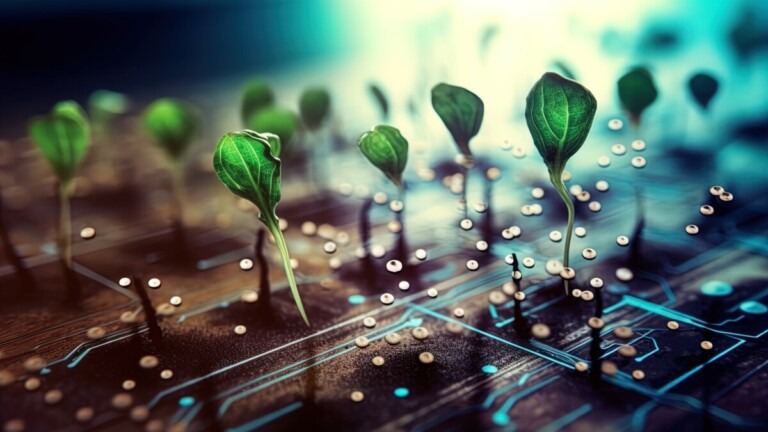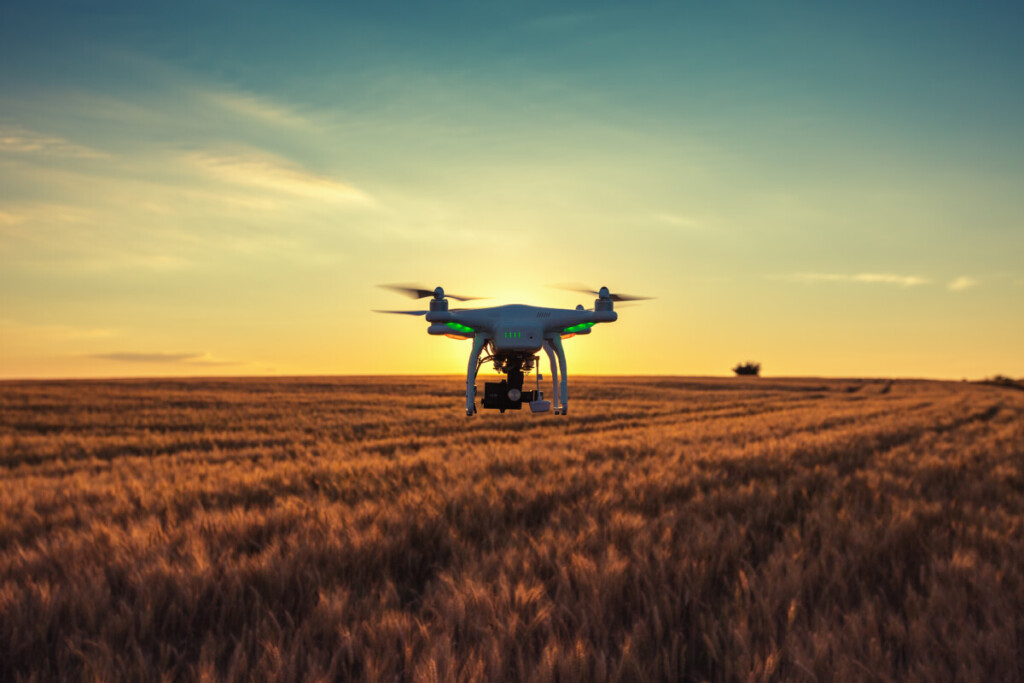IoT’s Role in Sustainability: Smart Applications for a Greener Planet

As the world strives for a greener future, it’s becoming increasingly clear that IoT has an essential role to play in the sustainability movement. From smart cities to connected healthcare to greener agriculture solutions, there is no limit to the ways smart devices can contribute to a more sustainable future.
Recent years have seen sustainable practices become a preference among customers and investors alike. Armed with easy access to information about the goods and services available on the market, consumers have begun demanding more transparency and ethical behavior from companies. This has inspired a wave of investors demanding public-facing sustainability efforts from businesses before committing any capital. As the scientific evidence of our planet’s fragility continues to pile up, legislators are joining the drive to make it crystal clear that sustainability is no longer a choice.
This year, various proposals for disclosure of sustainability standards from the European Financial Reporting Advisory Group, U.S. Securities and Exchange Commission, and International Sustainability Standards Board, are set to be adopted. Accordingly, the financial community has begun to prioritize investment in firms with strong ESG (Environmental, Social, Governance) credentials, believing that ESG provides a crucial perspective on a company’s resilience and preparedness for a low-carbon future.
While innovative technologies like artificial intelligence, edge computing, and robotic process automation offer many benefits in terms of sustainability, it is IoT technologies that overwhelmingly form the core of many applications enabling sustainability benefits.
IoT – A Catalyst For Sustainability
Continued development has even seen IoT go beyond improving traditional metrics like energy consumption and carbon emissions, moving into fields such as water conservation, waste reduction, and supporting renewable energy usage.
IoT sensors collect data that allows businesses to gain real-time insight into their environmental impact. They can then use this knowledge to optimize their operations to find ways to monitor energy usage, reduce waste, and manage resources more effectively.
In agriculture, for example, IoT sensors help farmers use resources like water and fertilizer more efficiently. In logistics, IoT devices can optimize transportation routes and reduce fuel consumption. In manufacturing, they track material usage and identify opportunities to reduce waste in production processes.

8 Clean Initiatives Enabled by IoT
IoT technology can deliver remarkable savings and benefits in terms of energy and resource efficiency, helping to optimize essential processes and inform decision-making. It’s no wonder, then, that a recent Transforma Insights report points to a “Clean Dozen” initiative enabled by IoT that drive sustainability. These include:
- 1. Smart Buildings: intelligent building management systems optimize energy use, reduce waste, and enhance occupant comfort. By monitoring and controlling lighting, HVAC systems, and other utilities, building managers can cut energy consumption by 10-20%. Connected lighting cuts energy use by 20-30%, and HVAC cuts it by 30-40%.
- 2. Smart Grids: IoT technology facilitates the development of smart grids that better manage electricity distribution and consumption. It enables real-time load balancing and more efficient use of renewable energy sources. Residential smart meters decrease electricity consumption by 3-5%. For businesses, this rises to 10-12%.
- 3. Smart Agriculture: IoT applications in agriculture, such as precision farming and remote monitoring, help optimize resource usage and improve crop yields. By monitoring soil moisture, temperature, and other factors, farmers can more effectively plan irrigation and fertilization schedules. Smart irrigation management and soil monitoring alone can reduce water consumption by 25-30%.
- 4. Smart Public Transport: IoT also enables real-time tracking, predictive maintenance, and dynamic route optimization. This can reduce fuel consumption, and miles traveled while increasing efficiency. Smart traffic signals and connected vehicles also reduce related emissions.
- 5. Smart Healthcare: IoT allows for remote patient monitoring, telemedicine, and improved care coordination. This reduces admissions, physical appointments, and hospital electricity consumption by up to 30%.
- 6. Remote Monitoring: Businesses that remotely monitor their assets and operations enhance efficiency. Fewer on-site visits mean reduced energy consumption and carbon emissions from transportation. Remote monitoring also reduces fuel consumption by eliminating unnecessary on-site technician trips. Typically, this results in a 15-20% reduction in fuel usage, with the potential of up to 40%.
- 7. Supply-Chain Optimization: IoT improves supply chain visibility and traceability, helps identify inefficiencies, and reduces waste. With IoT sensors tracking and monitoring the location, temperature, and condition of goods, inventory management improves, spoilage is reduced, and transportation emissions are lowered. IoT also facilitates better collaboration among supply chain partners by streamlining operations and increasing efficiency to support ESG goals.
- 8. Optimized Fleet Operations: by tracking vehicle performance, fuel consumption, and maintenance needs, IoT technology can enable better route planning, reduced fuel consumption (an average of 15% and up to 25%), and lower emissions. It also enables predictive maintenance, which extends the lifespan of vehicles, thus lowering the environmental impact associated with vehicle manufacturing and disposal.
These are just a few ways that IoT is driving sustainability.

Future IoT Sustainability Efforts
As we navigate the complexities of a changing world, the urgency to embed sustainable practices in all we do increases. This understanding is part of what informs the expectation that the adoption of IoT technology will accelerate.
The global IoT market is expected to grow at a Compound Annual Growth Rate of 25.2% by 2026, according to a report by MarketsandMarkets. Additionally, a study by IoT Analytics indicates that the number of IoT connections is expected to grow from 11.7 billion in 2020 to over 30.9 billion in 2025, further speaking to the increased adoption of IoT technology across industry sectors.
To help ensure that that growth includes increased sustainability efforts, Soracom is taking an active role in promoting sustainability by cosponsoring Nordic Semiconductor’s Connect for Good: Low Power Wireless Sustainability Challenge. This international competition invites engineers, entrepreneurs, inventors, and developers to leverage the power of low-power wireless technology to address the United Nations’ Sustainable Development Goals.
For more actionable insights and ideas to help reduce the carbon footprint of your IoT application, watch our webinar “How IoT is Reshaping the Sustainability Debate”
…………………….
Ready to connect? Contact us if you would like to know more about how Soracom’s products and services can support your sustainability efforts.





